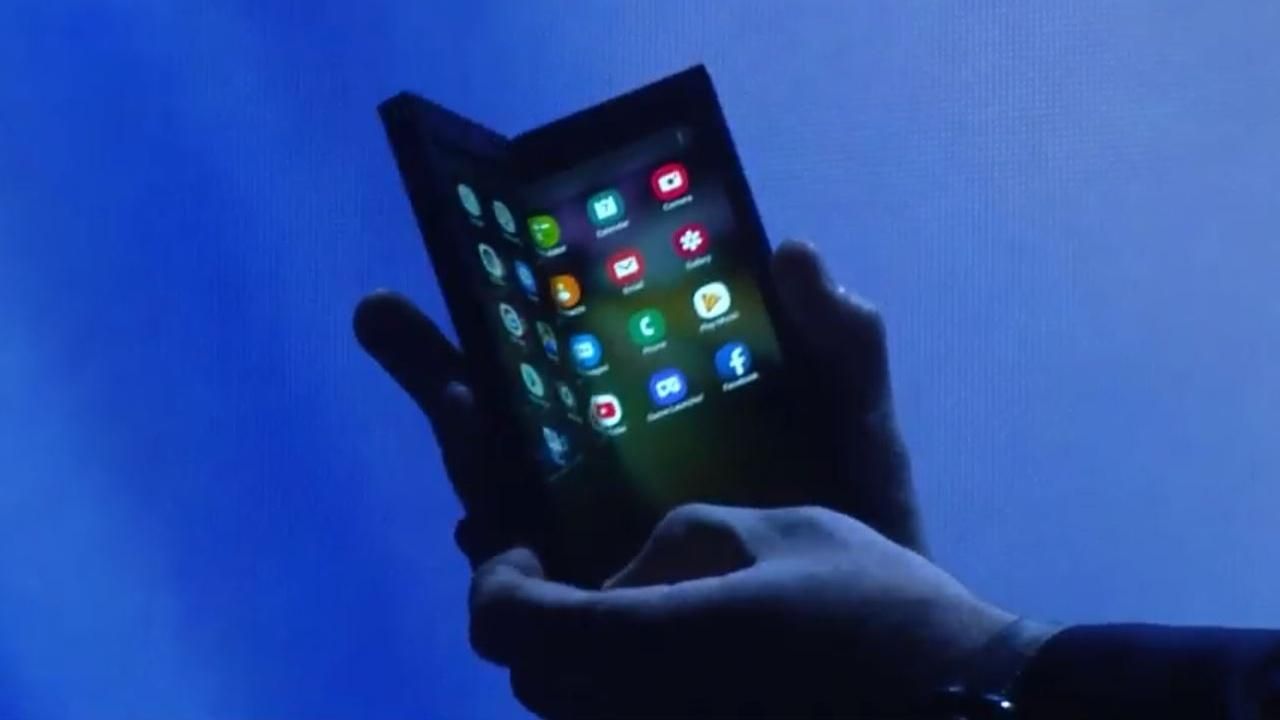Samsung’s Developer Conference had a packed keynote and one of the biggest things to be “unpacked” was a new software interface for its mobile devices. This should put a bend in your day.
Soon to replace the legacy TouchWiz and Samsung Experience UI is a new system called One UI. It’s touted as having “less clutter” while being “more intuitive” with the introduction a new bifurcation paradigm: in first-party apps, the top half of the display will contain elements meant only to be viewed while the bottom half of the display will feature all of the interactive items the user will need.
It’s a much-needed salve on the impracticality using smartphone displays, immersive as they can be for a lot of content, that seem to be growing taller and farther away from human fingers with every release cycle.
One UI will also bring toggles and additional options to proximity — grouping the phone call button, say, next to the video call and dialer options. This is all capped off with an emphasis on squares with rounded corners that echo modern display designs. A new Night Mode finally takes key advantage of the Super AMOLED technology Samsung has been using for so many years with a pitch black, pixels-off UI and minimalist elements swimming in that pool of darkness.
This new UI should pair well with the new Infinity Flex Display — it uses Super AMOLED, but replaces the glass with an advanced polymer cover layer, an adhesive that keeps multiple dependent substrates together through “hundreds of thousands of” folds and what we called the “thin-iaturization” of several layers.
The display was demonstrated on-stage as part of a near-final product — perhaps the Galaxy F — that was obscured by protective casing. Mass production of Infinity Flex Display should commence “within the coming months.”
Other announcements, including a new SmartThings accessory certification program for IoT partners and a new Bixby Developer Studio for those who want to publish voice-powered applications, can be found in detail at the source link below.

